Removing credit room is necessary
Mr. Nguyen Quoc Hung - Vice Chairman and General Secretary of the Vietnam Banks Association - said that the application of credit limits (credit room) has brought many positive results. Interest rate fluctuations, capital injection speed, and exchange rate stability during the past period all show the effective control of this tool. The past decade has also been a period when credit institutions improved their financial capacity, increased their capital adequacy ratio (CAR) and increased the safety level of the system.
“The credit room is allocated based on the State Bank’s comprehensive assessment of each credit institution. After more than 10 years, the achievements are clear. Although there is still a situation where some banks do not use up all the room while others have exhausted their limits while still ensuring capital safety, this is only a temporary phenomenon. The State Bank still has adjustments. However, delays in management sometimes make it difficult for credit institutions to provide timely capital to the economy ,” said Mr. Hung.
Mr. Hung said that in the coming time, the State Bank will need to remove the credit room to help banks grow.

Mr. Nguyen Quang Ngoc - Deputy Head of Agribank's Credit Policy Department - commented that removing the credit room is considered a necessary step to promote competition and improve the efficiency of the financial market. However, this mechanism needs to be implemented flexibly according to the health of the banking system.
Accordingly, the issuance on June 30, 2025 by the State Bank of Vietnam is an important premise for the roadmap to eliminate the State Bank's credit limit allocation mechanism. Notably, this circular has provided regulations on capital buffers including capital conservation buffer (CCB), countercyclical capital buffer (CCyB) and capital buffer for systemically important commercial banks.
Banks compete on interest rates
Mr. Nguyen Tu Anh - former Deputy Director of the Monetary Policy Department, State Bank - said that maintaining it for a long time also revealed bottlenecks that need to be removed, especially the negative impact on competition and customers.
Mr. Tu Anh gave an example of short-term loans (3-6 months), when the refinancing period comes, the bank announces that it has run out of room. This puts customers in a difficult position, because it is very difficult to arrange new capital in a short time.
Another fact pointed out by Mr. Tu Anh is that some banks do not want to abandon the room allocation mechanism, because this is equivalent to “pre-dividing” market share. When there is no need to compete to attract customers, banks will lack the motivation to lower interest rates.
“Why does the State Bank pump so much money into the market but interest rates still do not decrease? Simply because the market share has been allocated, banks do not need to reduce prices to attract customers. If the room is removed, competition will be activated, and that is good for the economy,” said Mr. Tu Anh.
According to Mr. Tu Anh, the current state-owned banks are lower than the average level of the system. If the room mechanism is abolished, these banks will have to compete fiercely to maintain market share.
However, he said that there are still many management tools to ensure system safety such as adjusting warning coefficients, required reserve ratios, interest rates on required reserves...
Source: https://baolaocai.vn/vi-sao-rat-nhieu-tien-bom-ra-thi-truong-ma-lai-suat-cho-vay-khong-giam-post649892.html










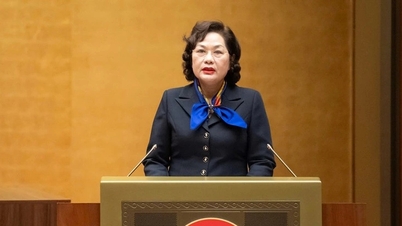

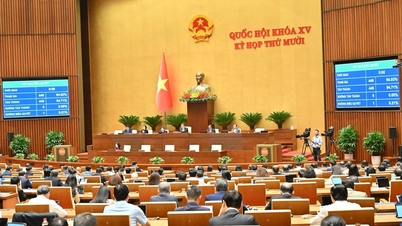


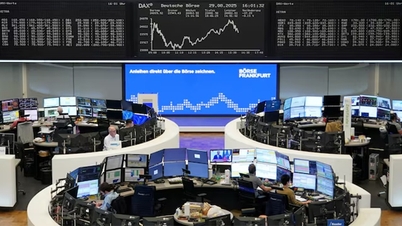

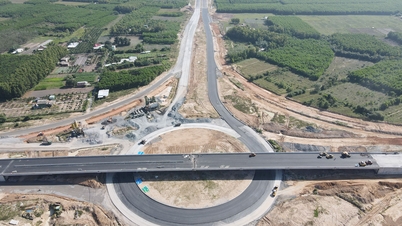

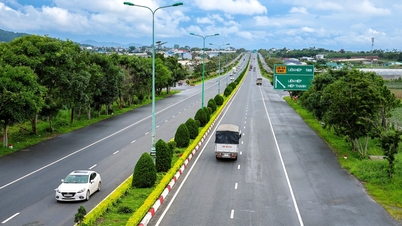




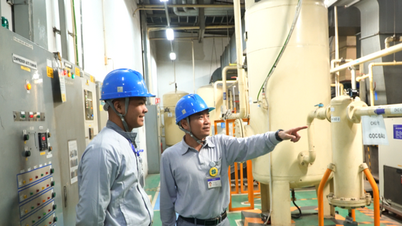







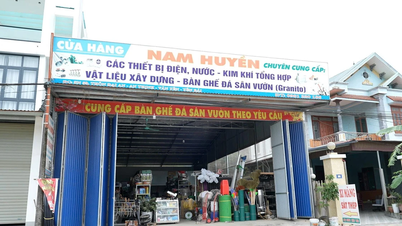


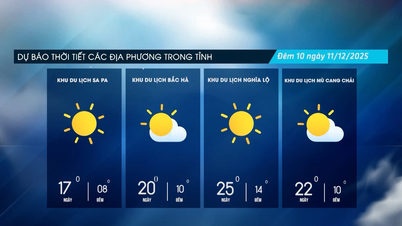







![[Video] The craft of making Dong Ho folk paintings has been inscribed by UNESCO on the List of Crafts in Need of Urgent Safeguarding.](https://vphoto.vietnam.vn/thumb/402x226/vietnam/resource/IMAGE/2025/12/10/1765350246533_tranh-dong-ho-734-jpg.webp)




















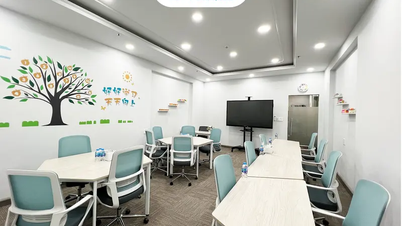













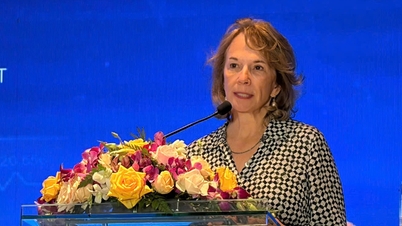




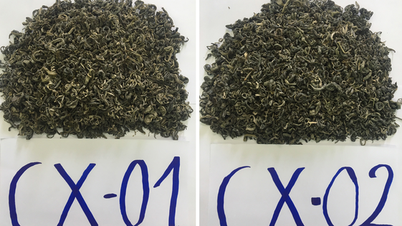

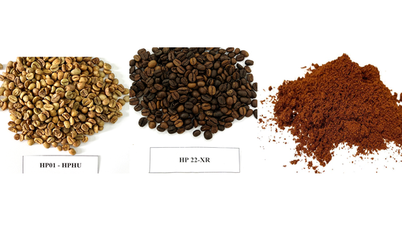

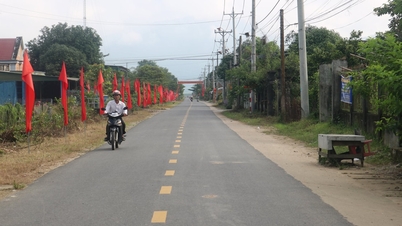
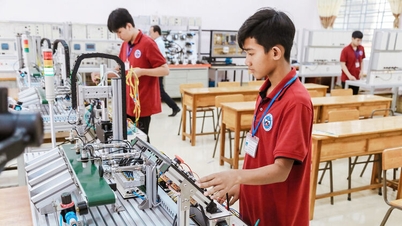



















Comment (0)